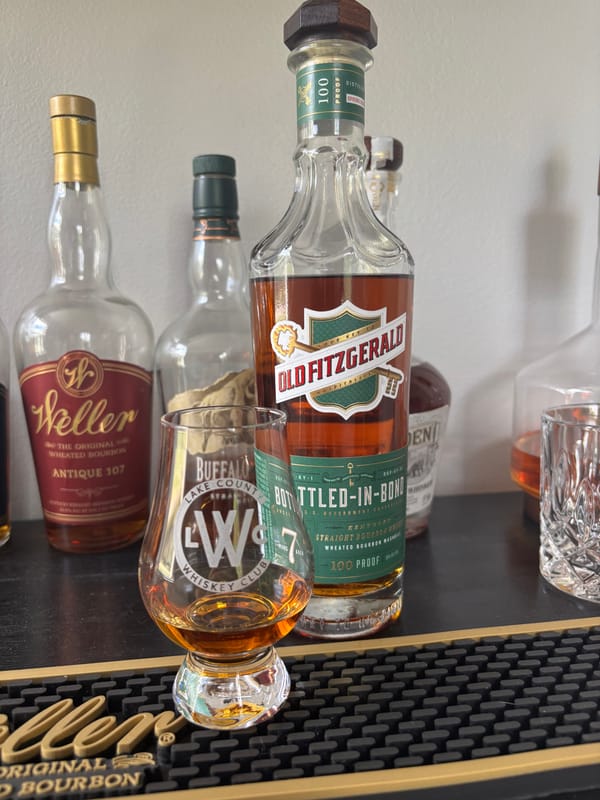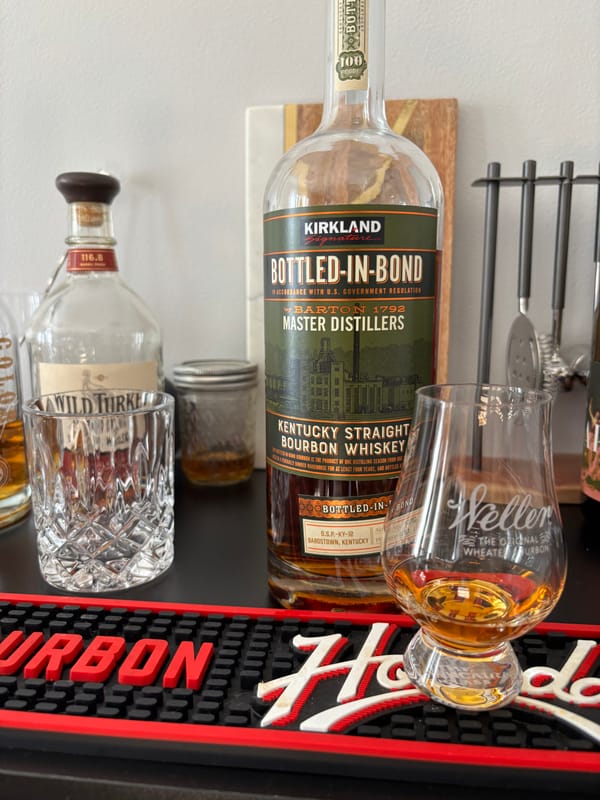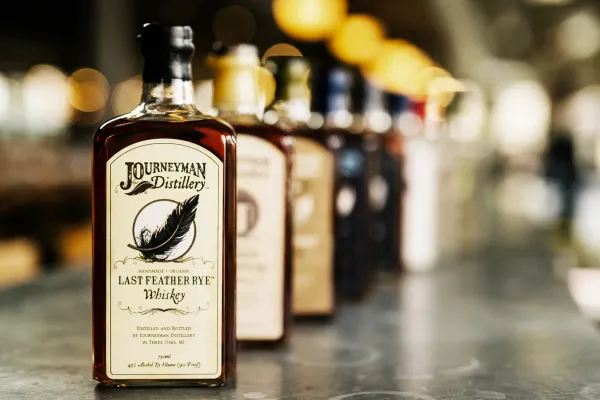Whiskey Distillate Condensation Truth: The Capture You’ll Wish You’d Understood Sooner

Distillate Condensation Methods: The Whiskey Capture You Can’t Dodge
Distillate condensation in whiskey production isn’t just a process. It’s the critical capture that transforms vapor into liquid spirit, preserving flavor purity. If you don’t know these methods, you’re missing the capture that defines every bottle. For whiskey enthusiasts curious about distillation, this is the pure truth about whiskey distillate condensation methods, grounded in legal standards and science, and a 2025 must-know.
What Are Distillate Condensation Methods?
U.S. law requires whiskey (bourbon, rye, etc.) to be distilled to no more than 160 proof, with corn whiskey up to 190 proof. Scotch and Irish whiskey (Scotch Whisky Regulations 2009, Irish Whiskey Act 1980) cap at 190 proof. During distillation at 200-212°F, alcohol vapors from the wash (8-10% ABV) rise through stills and enter condensers—copper tubes or shell-and-tube systems—cooled by water at 40-60°F to condense into liquid at 80-150 proof. These methods ensure flavors like corn’s sweetness or barley’s malt are retained for whiskeys bottled at 80 proof minimum after aging (two-plus years).
How Condensation Shapes Whiskey
Copper condensers, common in pot stills for Scotch and Irish whiskey, enhance fruity esters by interacting with vapors, yielding complex malty notes aged in Scotland’s climate (40-65°F). Shell-and-tube condensers, used in column stills for bourbon, ensure efficient condensation, preserving corn’s caramel profile in Kentucky’s climate (20-100°F). Slow condensation retains heavier compounds, boosting rye whiskey’s spicy phenols, while rapid cooling produces lighter spirits. Legal standards mandate flavor retention, with condensation ensuring the distillate’s purity for aging (four to eight years) into whiskeys at 80-120 proof.
Why Condensation Methods Matter for Your Sip
A bourbon at 80 proof, condensed slowly, delivers rich toffee depth, while a Scotch at 86 proof, from copper condensers, offers intricate malt, per legal standards. Poor condensation risks flavor loss. Every sip reflects the capture’s precise role, making your next bottle a pure expression of its craft.
Why Distillate Condensation Methods Matter in 2025
Distillate condensation methods are whiskey’s purity lifeline. By 2025, understanding these standards could make every sip a clear taste of distilled excellence, from bold to nuanced. It’s the truth in the capture, so don’t miss the purity.
Check out NEAT: Whiskey Finder—it’ll help you track down bourbon and whiskey near you.





